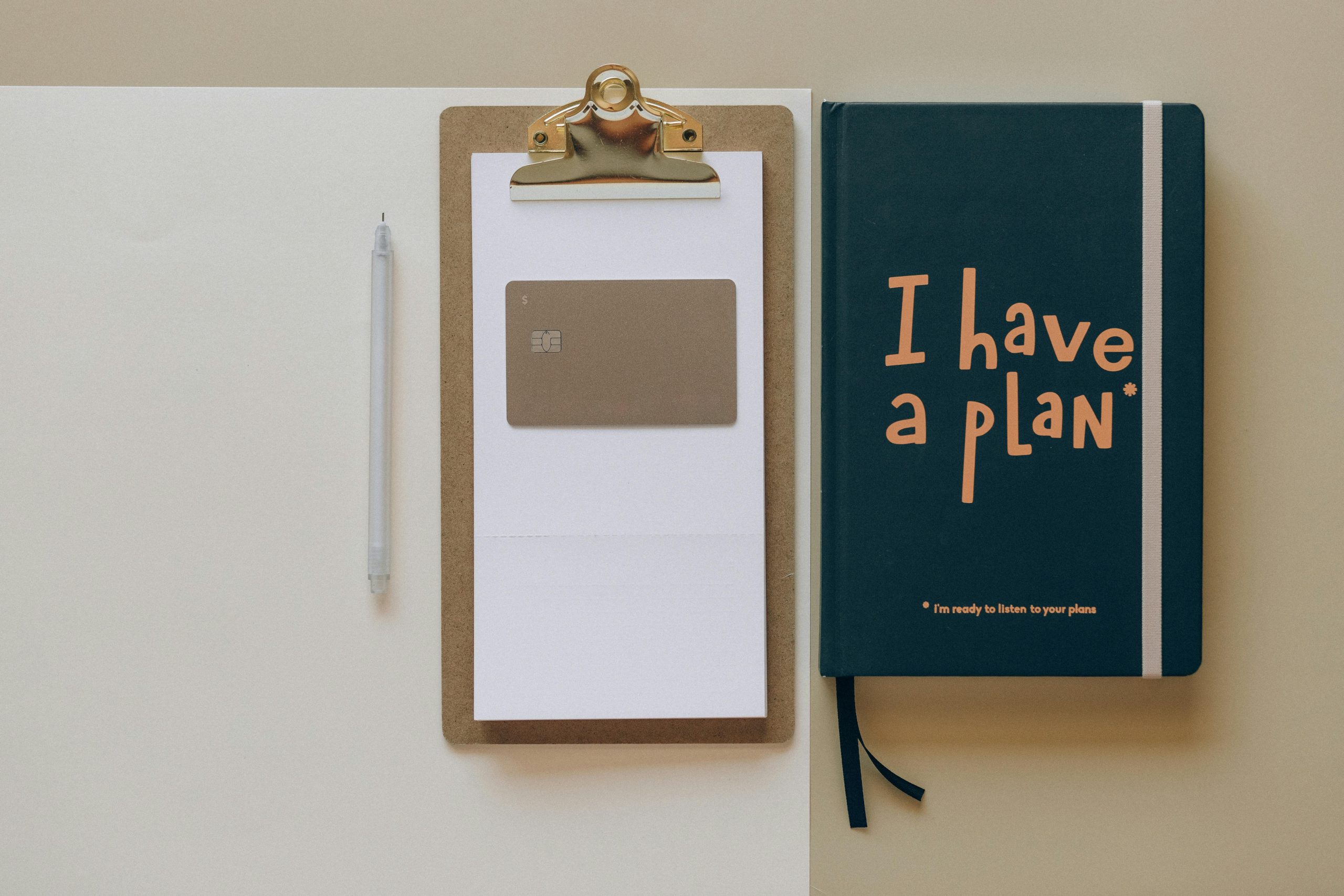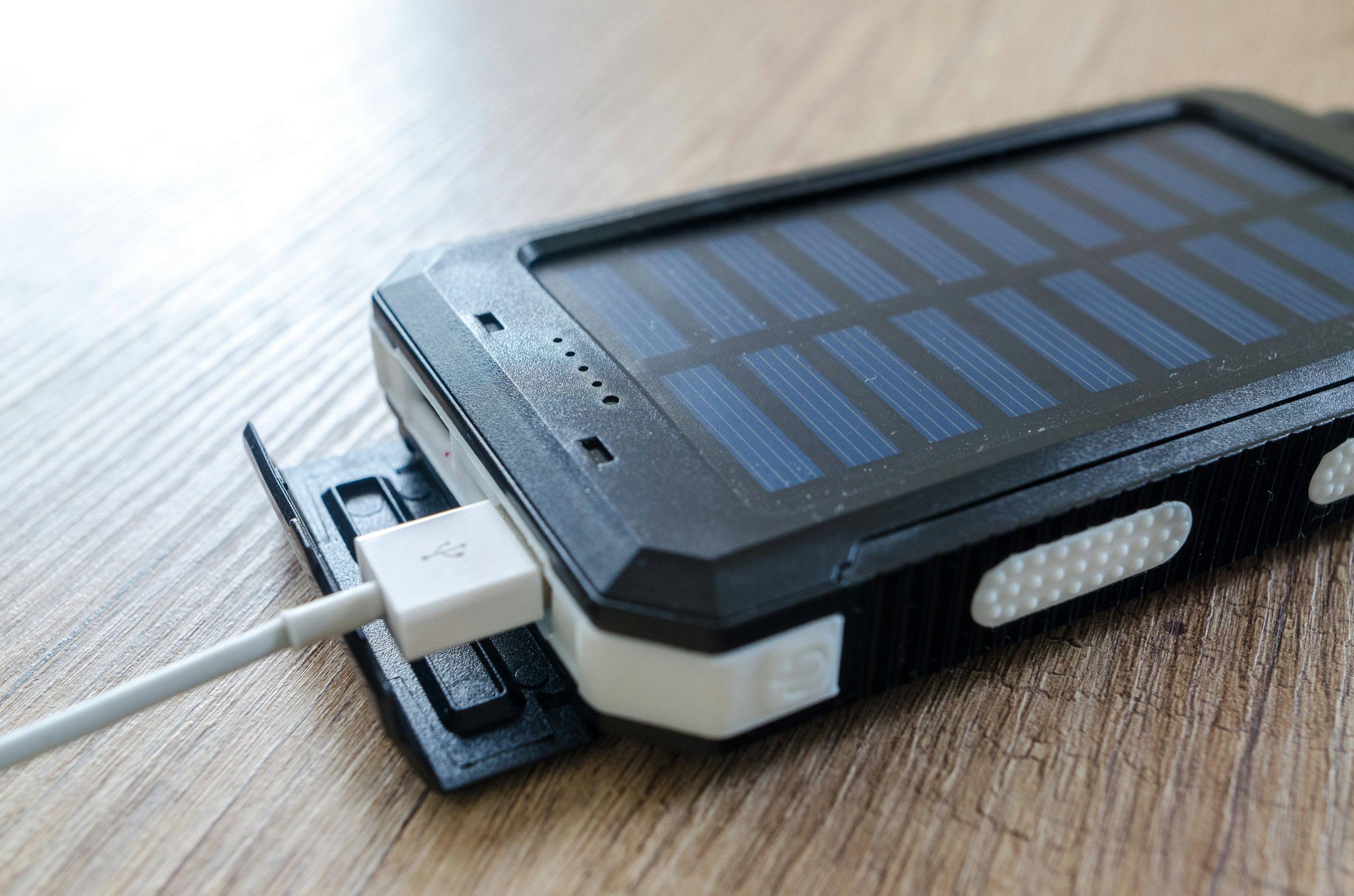Managing personal finances has never been easier, thanks to the rise of mobile apps designed to help you track expenses, create budgets, and save money effortlessly. Whether you’re looking to cut unnecessary spending, save for a big purchase, or simply gain better control over your finances, there’s an app tailored to your needs. In this guide, we’ll explore the best mobile apps for personal finance management, highlighting their key features and benefits to help you make an informed choice.
1. Mint: The All-in-One Finance Tracker
Mint is one of the most popular personal finance apps, offering a comprehensive suite of tools to manage your money. Developed by Intuit, the same company behind TurboTax and QuickBooks, Mint provides a seamless experience for budgeting, expense tracking, and credit score monitoring.
Key Features:
- Automatic Expense Tracking: Syncs with your bank accounts and credit cards to categorize transactions.
- Custom Budgets: Set monthly budgets and receive alerts when you exceed them.
- Bill Reminders: Never miss a payment with timely notifications.
- Free Credit Score: Check your credit score without affecting it.
Mint is ideal for users who want a free, all-in-one solution to monitor their financial health. Its intuitive interface and robust features make it a top choice for beginners and seasoned budgeters alike.
2. YNAB (You Need A Budget): Proactive Budgeting
If you’re serious about budgeting, YNAB (You Need A Budget) is a game-changer. Unlike traditional apps that track spending after the fact, YNAB encourages proactive budgeting by assigning every dollar a job.
Key Features:
- Zero-Based Budgeting: Ensures every dollar is allocated to expenses, savings, or debt repayment.
- Goal Tracking: Set and monitor financial goals like saving for a vacation or paying off debt.
- Real-Time Syncing: Works across devices to keep your budget updated.
- Educational Resources: Offers workshops and guides to improve financial literacy.
YNAB’s philosophy focuses on breaking the paycheck-to-paycheck cycle, making it perfect for those looking to take control of their finances. While it requires a subscription, many users find the investment worthwhile.
3. PocketGuard: Simplify Your Spending
For those who want a straightforward way to track spending and avoid overspending, PocketGuard is an excellent choice. The app provides a clear snapshot of your finances, showing how much you can safely spend after accounting for bills and savings.
Key Features:
- In My Pocket: Shows disposable income after bills and savings.
- Automated Savings: Helps you set aside money effortlessly.
- Bill Negotiation: Identifies opportunities to lower recurring bills.
- Custom Categories: Organize spending to fit your lifestyle.
PocketGuard’s simplicity makes it ideal for users who want a no-fuss way to manage their money. Its premium version offers additional features like cash flow analysis and unlimited budgeting categories.
4. Personal Capital: Wealth Management & Investing
If you’re focused on growing your wealth alongside budgeting, Personal Capital is a powerful tool. This app combines everyday budgeting with investment tracking and retirement planning.
Key Features:
- Net Worth Tracker: Aggregates all accounts to show your financial standing.
- Investment Analysis: Monitors portfolio performance and fees.
- Retirement Planner: Projects future savings based on current habits.
- Cash Flow Insights: Tracks income and expenses to identify trends.
Personal Capital is best suited for users with investments or those planning for long-term financial goals. While the budgeting features are free, its wealth management services come with a fee.
5. Goodbudget: Envelope Budgeting Made Digital
For fans of the envelope budgeting method, Goodbudget brings this classic strategy into the digital age. The app allows you to allocate funds to virtual envelopes for different spending categories.
Key Features:
- Envelope System: Divide income into categories like groceries, rent, and entertainment.
- Shared Budgets: Sync with family members for collaborative budgeting.
- Expense Tracking: Log transactions manually or import bank data.
- Reports & Insights: Visualize spending patterns over time.
Goodbudget is perfect for households or individuals who prefer a hands-on approach to budgeting. Its free version supports limited envelopes, while the paid plan unlocks unlimited categories.
Conclusion
Choosing the right personal finance app depends on your financial goals and preferences. Whether you need an all-in-one solution like Mint, a proactive budgeting tool like YNAB, or a wealth management platform like Personal Capital, there’s an app to suit your needs. By leveraging these tools, you can track expenses, stick to a budget, and save money effortlessly—putting you on the path to financial success.





Leave a Reply